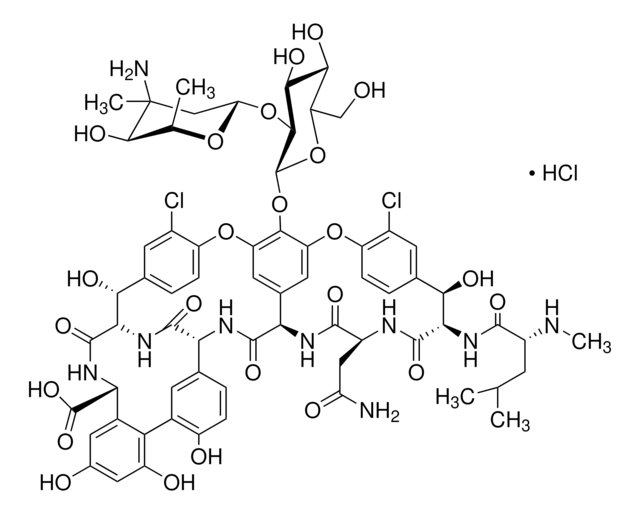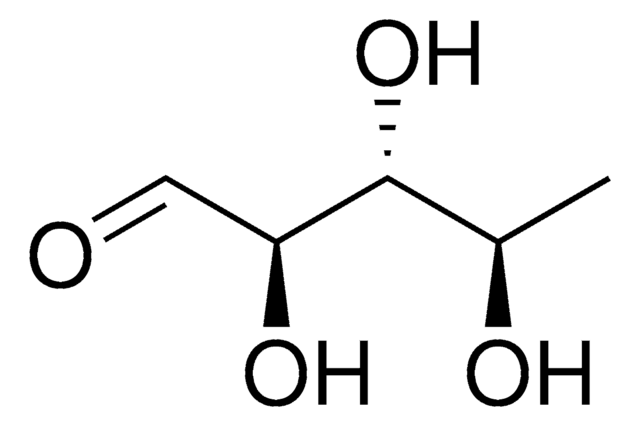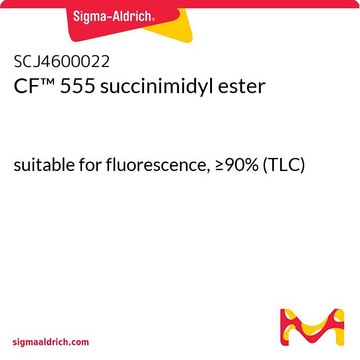SAB4200831
Anti- Staphylococcal Enterotoxin B-Peroxidase antibody produced in rabbit
IgG fraction of antiserum
Synonym(s):
Enterotoxin type B, SEB
About This Item
Recommended Products
biological source
rabbit
conjugate
horse radish peroxidase (HRP) conjugate
antibody form
IgG fraction of antiserum
antibody product type
primary antibodies
clone
polyclonal
description
Research area: Microbiome
form
lyophilized powder
mol wt
25-30 kDa
species reactivity
Staphylococcus aureus
concentration
~4 mg/mL
technique(s)
direct ELISA: 1:8,000-1:16,000 using 1 μg/mL Staphylococcal Enterotoxin B for coating.
UniProt accession no.
shipped in
dry ice
storage temp.
−20°C
target post-translational modification
unmodified
General description
Specificity
Immunogen
Application
Biochem/physiol Actions
SE proteins have a significant resistance to heat and acid, it is also resistant to gastrointestinal proteases including pepsin, trypsin, rennin and papain. Thus, killing the S. aureus bacteria may not be sufficient to eliminate these superantigens risk from causing food poisoning.
Physical form
Storage and Stability
Disclaimer
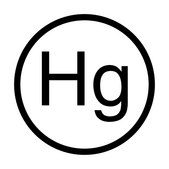
Not finding the right product?
Try our Product Selector Tool.
Storage Class Code
11 - Combustible Solids
WGK
WGK 2
Flash Point(F)
Not applicable
Flash Point(C)
Not applicable
Regulatory Information
Choose from one of the most recent versions:
Certificates of Analysis (COA)
Don't see the Right Version?
If you require a particular version, you can look up a specific certificate by the Lot or Batch number.
Already Own This Product?
Find documentation for the products that you have recently purchased in the Document Library.
Our team of scientists has experience in all areas of research including Life Science, Material Science, Chemical Synthesis, Chromatography, Analytical and many others.
Contact Technical Service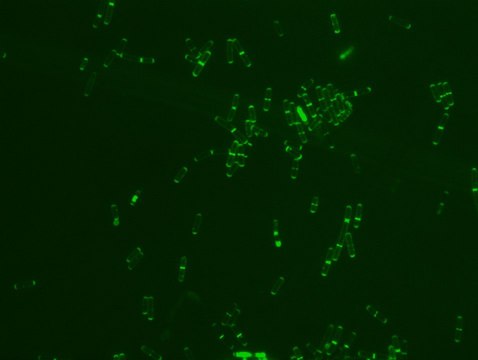

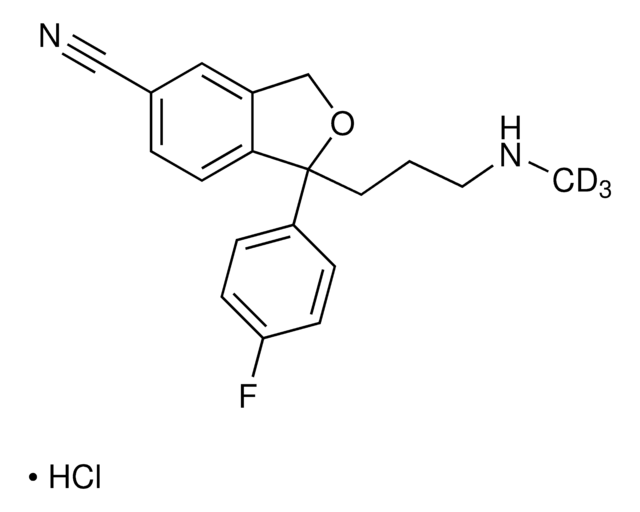
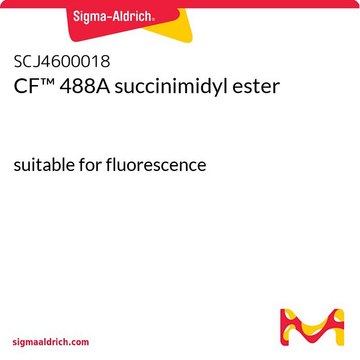
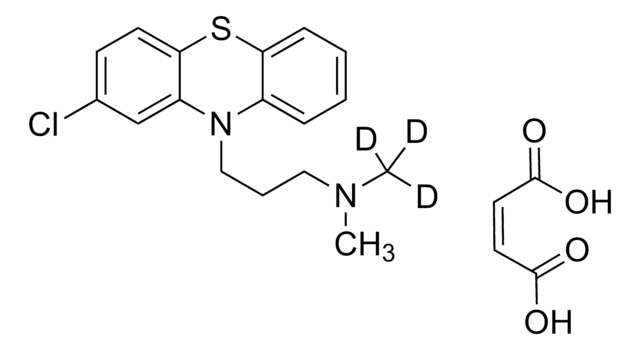
![2-Amino-9H-pyrido[2-3-b]indole ≥98% (HPLC)](/deepweb/assets/sigmaaldrich/product/structures/351/152/37c98523-590f-4b27-826c-5b3d4b502047/640/37c98523-590f-4b27-826c-5b3d4b502047.png)
